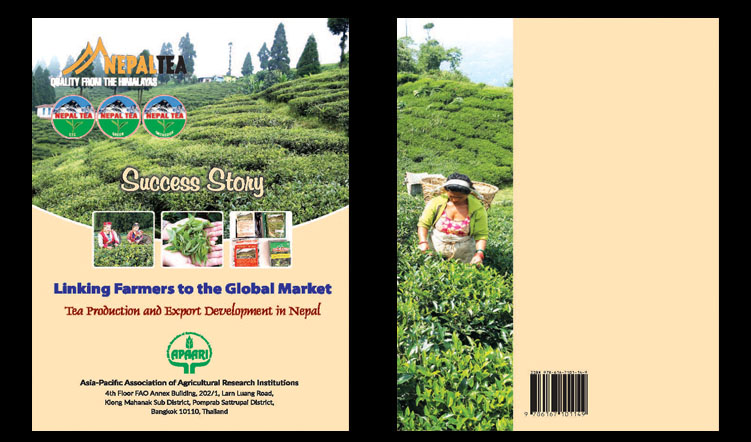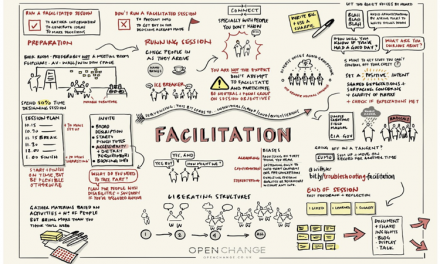Dynasty and production started in China, India, and Myanmar. Its consumption is also liked to health and wellbeing reasons. Sugar-free black and orthodox specialty teas are promoted by linking their properties to lowering the risks of cancer, heart disease, and stroke. It is forecasted that in the next decade the tea market is likely to increase by 40 per cent.
Nepal is a mountainous landlocked country situated between the two largest tea producing and consuming nations of the world; China and India. The first tea bush was planted in Ilam district from seeds given as a gift by the Chinese Emperor to the then Prime Minister, Jung Bahadur Rana around 18631. The first tea factory was established in Ilam in 1878 (1935 AD). though the history of modern commercial tea production and export is quite recent. Tea has positive outcomes in inclusive and sustainable rural economic development in Nepal. Coupled with favourable business environment and gradual increase in global market demand, the consumption of tea has become an emerging sub-sector of the Nepali economy since the mid 1990s.
To read more download your copy below:
Success Story - Linking Farmers to Global Market, Tea from Nepal (1766 downloads)





